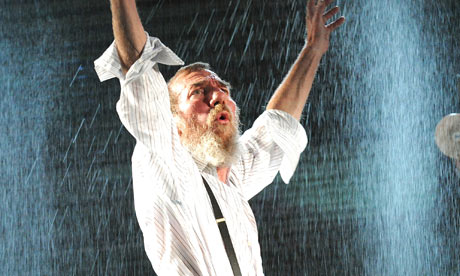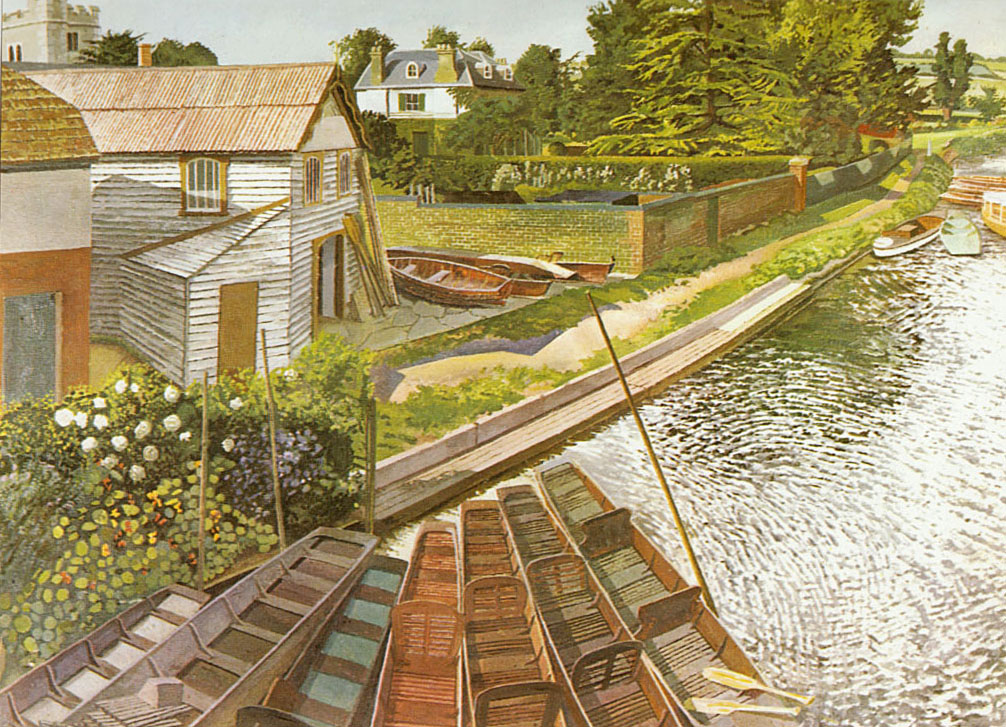I was also sad to hear of the death of Dick King-Smith (1922-2011). When I worked at a book shop in Manchester, I knew that if children had already read Enid Blyton, Roald Dahl and Michael Bond, then Jill Murphy, Michael Morpurgo, Morris Gleitzman or Dick King-Smith would be my next recommendation. Well-written stories with solid, memorable characters and cheerfully direct narration; I like them so I’m sure that the little people must have!
Bad news comes in threes, apparently, and the death of Pete Postlethwaite (1946-2011) rounds out the triumvirate. He was an amazing and versatile actor whom I admired in everything I saw. From early appearances in Coronation Street; Victoria Wood on TV; Minder; The Professionals; Lovejoy; Boon and Casualty to later roles in sci-fi rehashes, he always portrayed complete commitment and belief in his character. He achieved greatness through hard work and self-belief, taking a job in a sheet-metal factory to pay his way through Bristol Old Vic theatre school, before starting his career at the Liverpool Everyman theatre.
Unfortunately I never got to see him on stage, although his list of theatre credits is impressive: Scaramouche Jones; King Lear; Coriolanus; Duchess of Malfi (Antonio); Titus Andronicus (Aaron); Henry V (Exeter); Richard III (Hastings); Macbeth (Macbeth and Banquo – in different productions); Cyrano de Bergerac (Baker); A Midsummer Night’s Dream (Bottom); Every Man in His Humour; The Tempest (Prospero); The Rise and Fall of Little Voice (Ray Say). He worked with some of the best theatre directors around – Adrian Noble; Trevor Swann; Peter Brook; Trevor Nunn; Bill Alexander; Terry Hands; George Costigan; Greg Hersov; Sam Mendes – which only adds to his impressive CV.
Descriptions of his physical appearance are none-too complimentary – including a face like ‘a stone archway’ and ‘a bag of spanners’ – but no-one can doubt his acting ability (Steven Spielberg called him ‘the best actor in the world’) or his popularity (he was awarded an OBE in 2004). He is probably best-know for his film work; he appeared in over 100 films including The Usual Suspects (one of my favourite films), The Constant Gardener (a wonderful film despite the dreary title), Amistad (Spielberg’s well-meaning but glib abolition drama) and Among Giants (the only film I’ve ever seen about painting pylons, also starring Rachel Griffiths, with whom he gets a love interest).
Daniel Day Lewis generally receives all the credit for In the Name of the Father; a terribly flawed film which nonetheless captures a time and feeling in history, due in no small part to the stoic heroism of Pete Postlethwaite’s Giuseppe Conlon. He is indubitably the best thing in Baz Luhrmann’s Romeo & Juliet for the ADHD generation, and I most recently saw him playing a cameo as the dying father who is behind the whole plot in Christopher Nolan’s mind-bending Inception.
I shall remember him best, however, for his depiction of Danny the band leader of a miners’ band in the brilliant Brassed Off. With the perfect blend of pride, humility, and sensitivity, he delivers one of the best screen-monologues ever. Take it away, Pete!



















